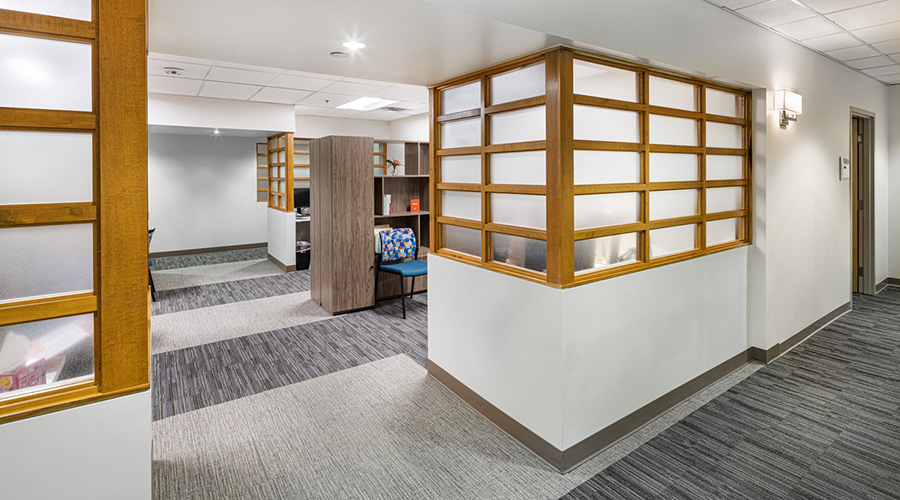A new study highlighting evidence-based strategies to inhibit potentially serious contamination during the processing of healthcare textiles (HCTs) is getting high marks from the Healthcare Laundry Accreditation Council (HLAC).
"The study is notably comprehensive - it is based on findings and recommendations from peer-reviewed studies, scientific principles, as well as current standards and guidelines, many of which are applicable to HLAC Standards," said Gregory Gicewicz, board president of HLAC, a nonprofit organization that inspects and accredits laundries processing healthcare textiles for hospitals, nursing homes and other healthcare facilities.
The study is published currently as an open access article in Infection Control & Hospital Epidemiology, the journal of the Society for Healthcare Epidemiology of America (SHEA). The lead author is Lynne Sehulster, PhD, who is an infectious disease epidemiologist at the Centers for Disease Control and Prevention.
Gicewicz noted that in her discussion of the study, Sehulster makes the case that current infection prevention strategies for laundering and handling HCTs are adequate in interrupting patient-to-patient transmission of healthcare-associated infections (HAIs), provided that every step is taken to maintain the hygienic quality of HCTs prior to use. Her focus was the antimicrobial properties of the laundry process. Although she commented briefly on antimicrobial treatments of HCTs, she did not address the topic of HCT contamination while in use.
"Of the 350 documented patients infected from presumably clean HCTs that became contaminated with environmental pathogens since the 1970s, more than 50 percent of the infections resulted from contamination after the laundering process," he said. "This included contamination from inadequate storage, contaminated washing equipment and contamination during transportation. Our HLAC Accreditation Standards document specifically addresses each of these areas of the HCT laundry process and hundreds of other potential sources."
Gicewicz also noted that the study specifically states that the Centers for Disease Control (CDC) does not recommend routine microbiological testing of HCTs for infection control purposes.
"The study says the need to establish a certification program based on microbiological testing doesn't appear to be supported by epidemiological data," he said. "This raises the question, is any microbial benchmark for HCT testing statistically valid and meaningful? On the other hand, HLAC Standards are based on a statistically valid process rather than statistically invalid end-product HCT testing."
Sehulster also makes the case that healthcare epidemiologists would benefit from gaining familiarity with HCT laundering, facility policies and procedures for management of hygienically clean HCTs. She encourages on-site inspections of the healthcare laundry by hospital staff to ensure safe and effective service.

 Code Compliance Isn't Enough for Healthcare Resilience
Code Compliance Isn't Enough for Healthcare Resilience Ribbon Cutting Marks First Phase Completion for New Montefiore Einstein Facility
Ribbon Cutting Marks First Phase Completion for New Montefiore Einstein Facility Brooks Rehabilitation Launches 3 New Major Construction Projects
Brooks Rehabilitation Launches 3 New Major Construction Projects Joint Commission Standards: What Updates Matter Most?
Joint Commission Standards: What Updates Matter Most? Swinerton Completes Construction at Atlanta's Grady Hospital
Swinerton Completes Construction at Atlanta's Grady Hospital